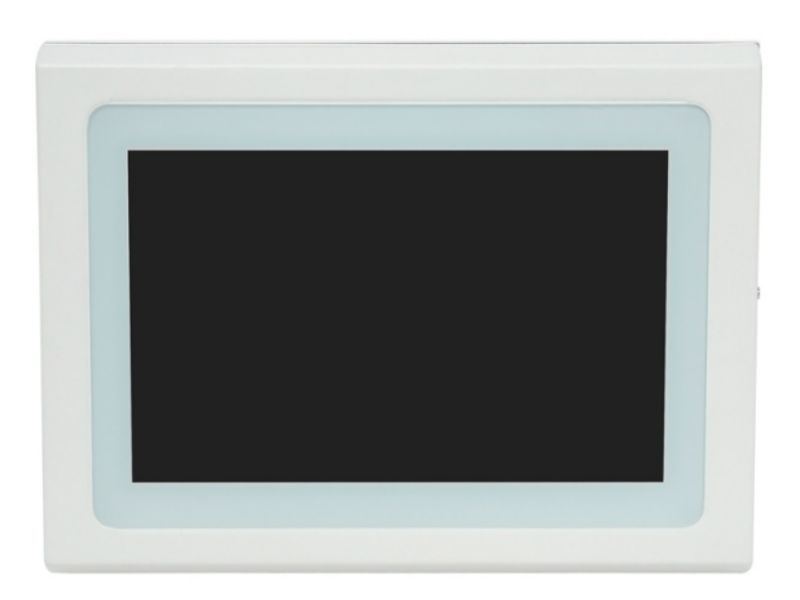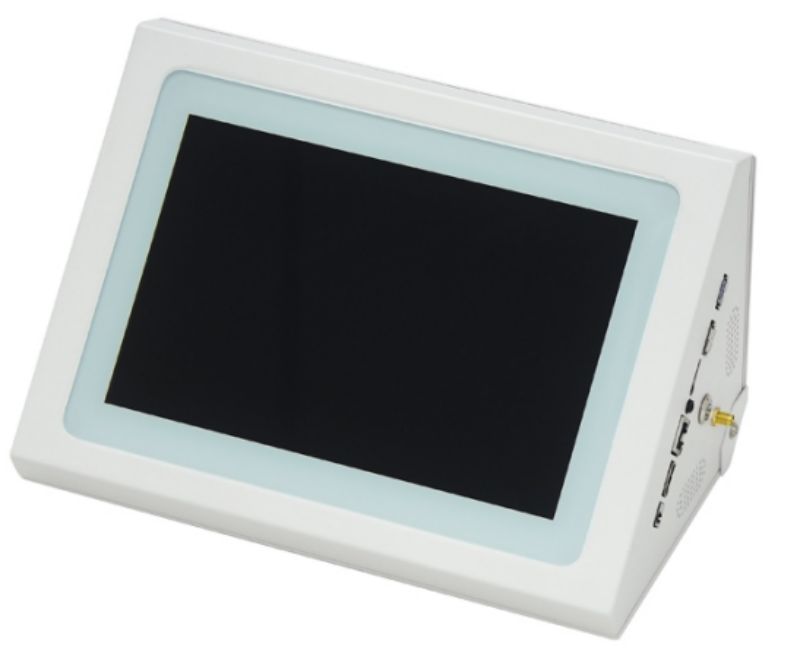The embedded integrated touch screen PC is an embedded system that integrates the touch screen function, and it realizes the function of human-computer interaction through a touch screen. This kind of touch screen is widely used in various embedded devices, such as smart phones, tablet computers, car entertainment systems and so on.
This article will introduce the relevant knowledge of the embedded integrated touch screen, including its principle, structure, performance evaluation.
1. The principle of embedded integrated touch screen.
The basic principle of the embedded integrated touch screen is to use the finger of the human body to touch the surface of the screen, and judge the user's behavioral intention by feeling the pressure and position information of the touch. Specifically, when the user's finger touches the screen, the screen will generate a touch signal, which is processed by the touch screen controller and then passed to the CPU of the embedded system for processing. The CPU judges the user's operation intention according to the received signal, and executes the corresponding operation accordingly.
2.The structure of the embedded integrated touch screen.
The structure of the embedded integrated touch screen includes two parts: hardware and software system. The hardware part usually includes two parts: a touch screen controller and an embedded system. The touch screen controller is responsible for receiving and processing touch signals, and transmitting the signals to the embedded system; the embedded system is responsible for processing touch signals and performing corresponding operations. A software system usually consists of an operating system, drivers, and application software. The operating system is responsible for providing underlying support, the driver is responsible for driving the touch screen controller and hardware devices, and the application software is responsible for implementing specific functions.
3. Performance evaluation of embedded integrated touch screen.
For the performance evaluation of embedded all-in-one touch screen, the following aspects usually need to be considered:
1). Response time: Response time refers to the time from when the user touches the screen to when the system responds. The shorter the response time, the better the user experience.
2). Operational stability: Operational stability refers to the ability of the system to maintain stable operation during long-term operation. Insufficient system stability may cause system crashes or other problems.
3). Reliability: Reliability refers to the ability of the system to maintain normal operation during long-term use. Insufficient system reliability may result in system failure or damage.
4). Energy consumption: Energy consumption refers to the energy consumption of the system during normal operation. The lower the energy consumption, the better the energy-saving performance of the system.


Post time: Aug-30-2023






